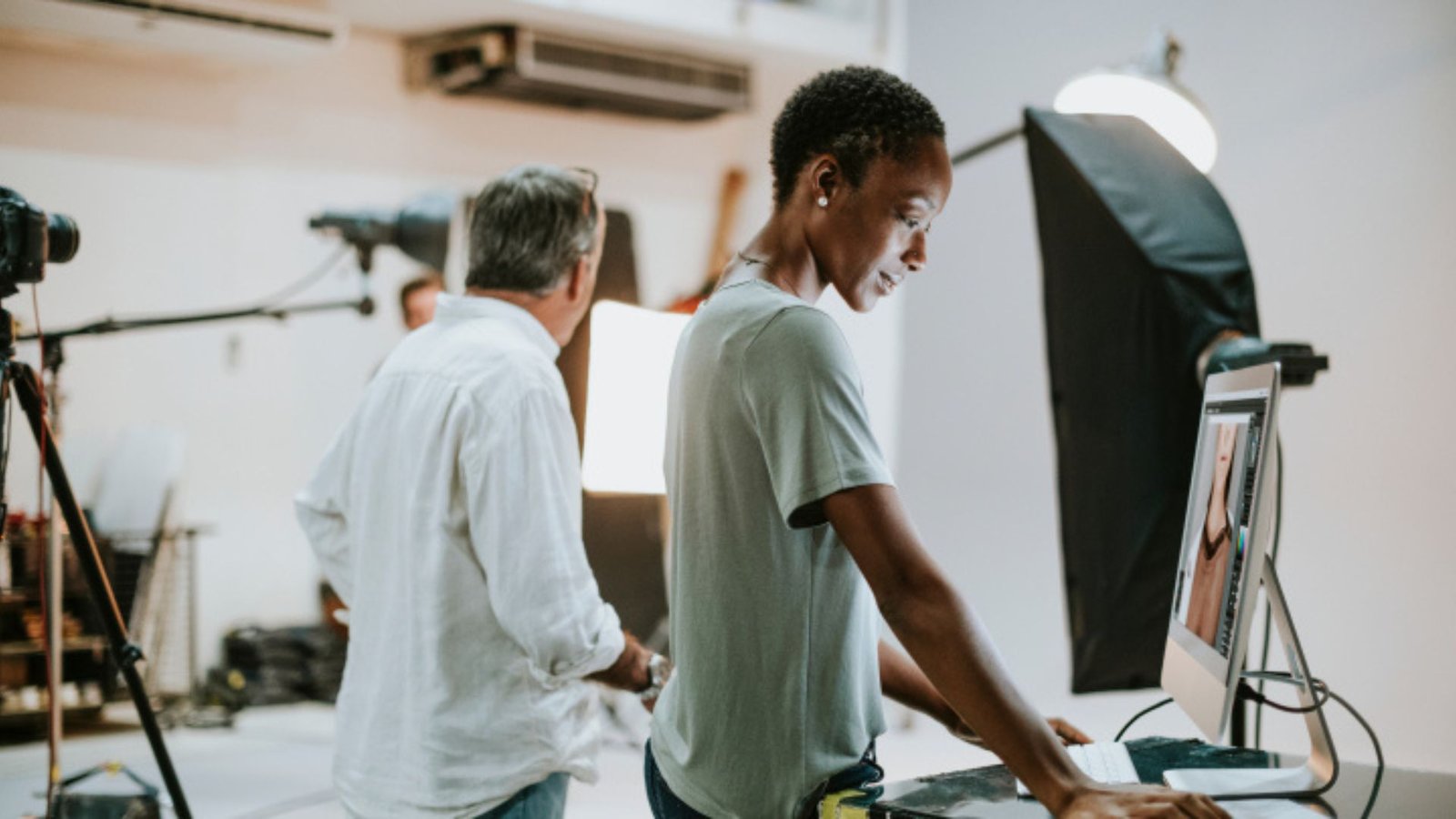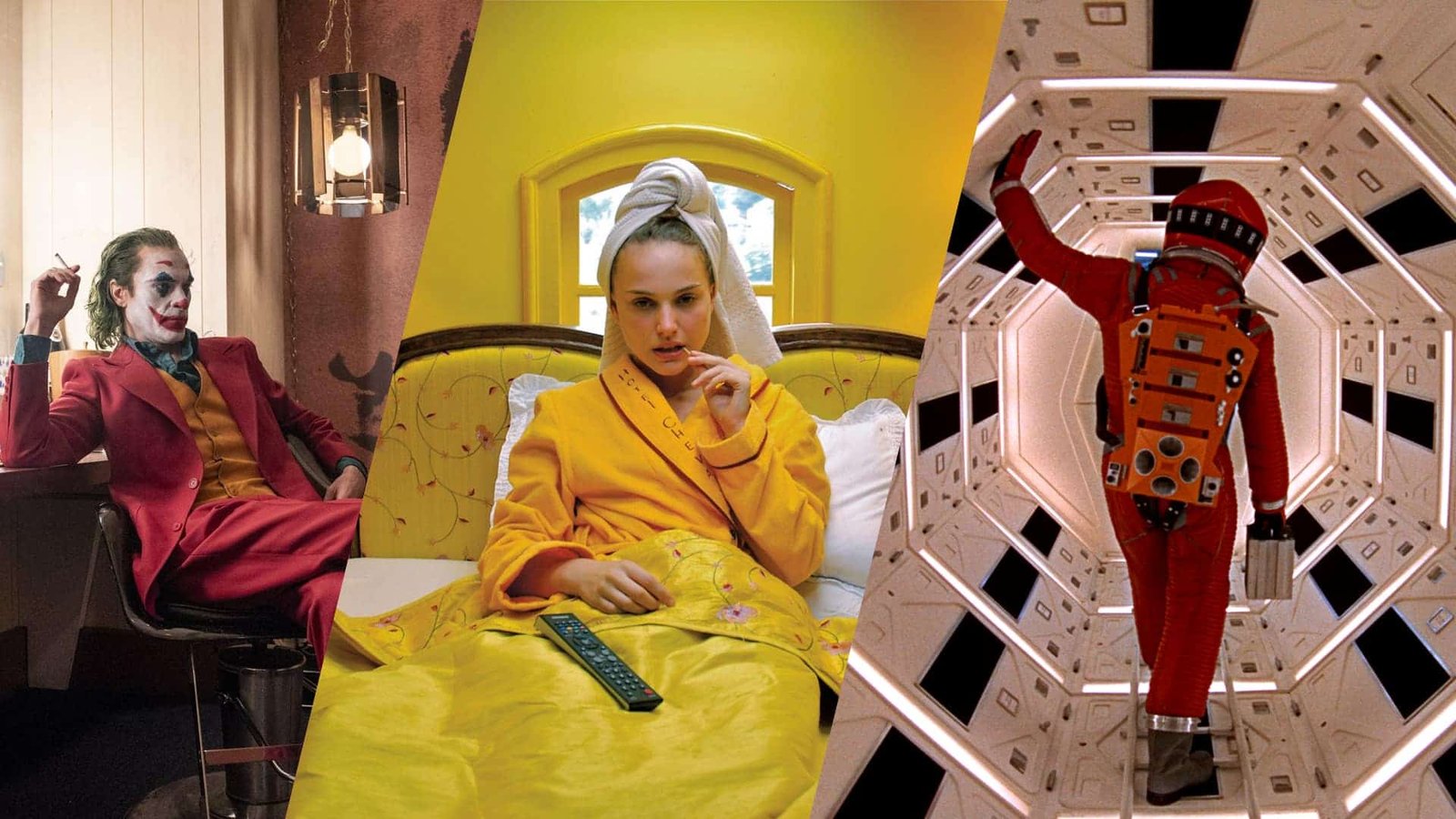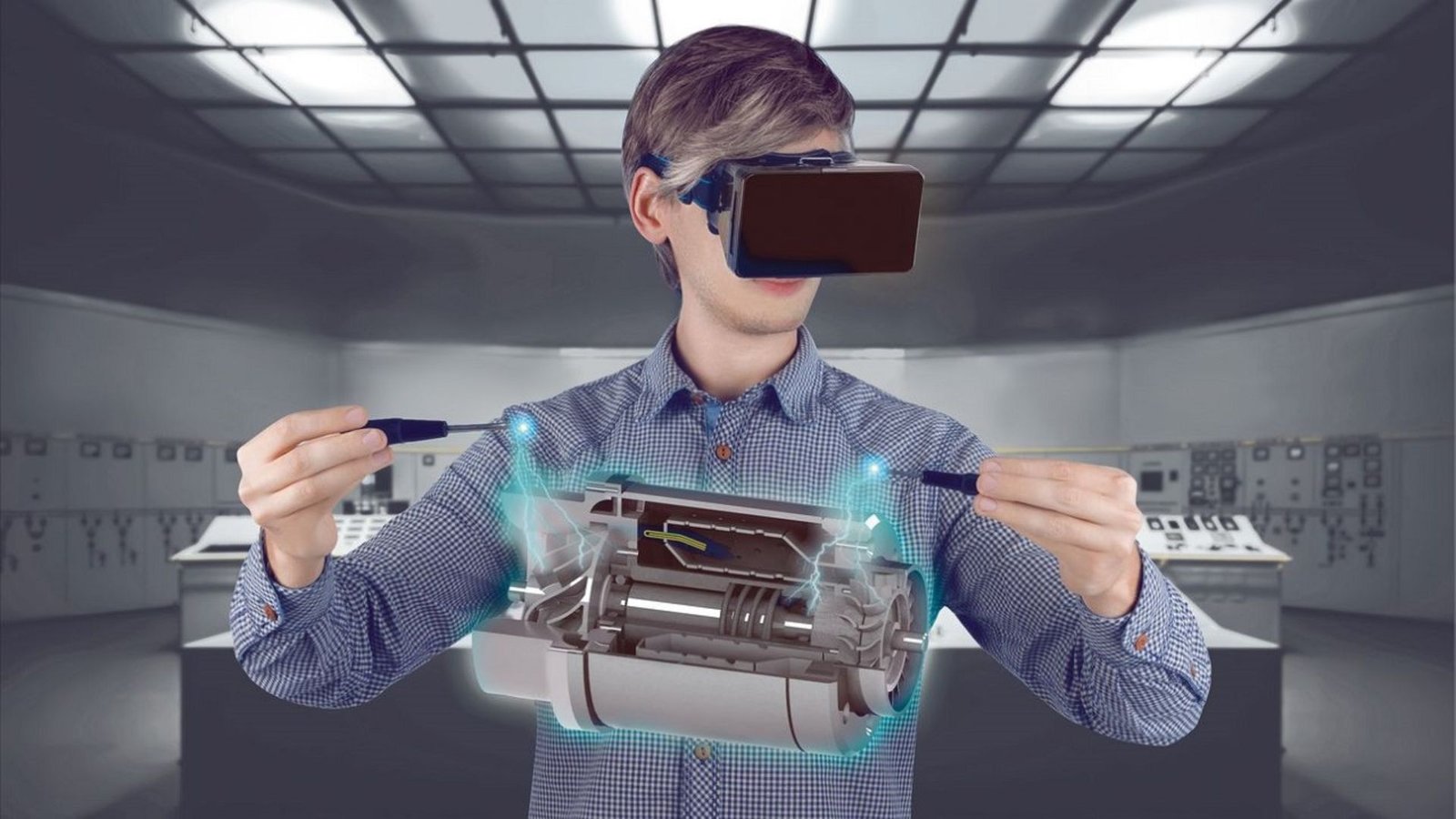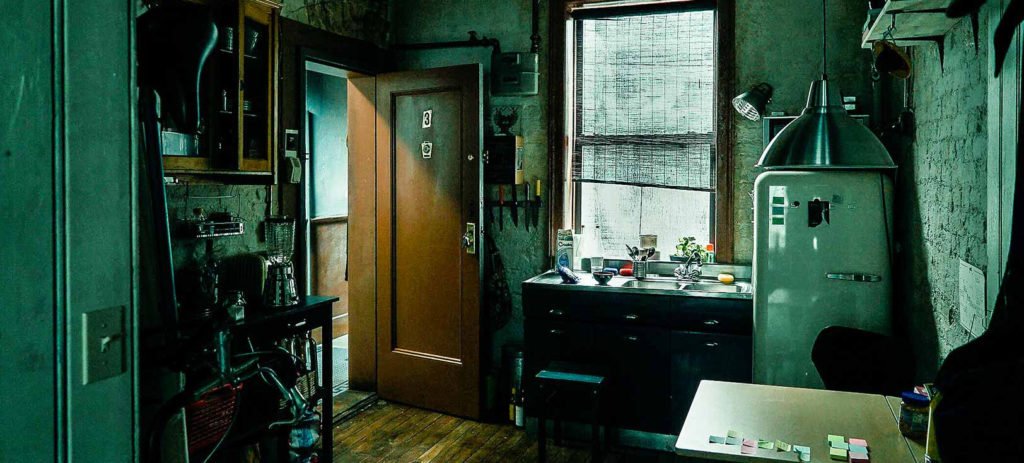Successful production design requires close collaboration between production designers and directors. Achieving a cohesive vision for a project involves understanding the director’s goals, communicating effectively, and integrating design elements seamlessly. Here’s how to work with directors to create outstanding production design:
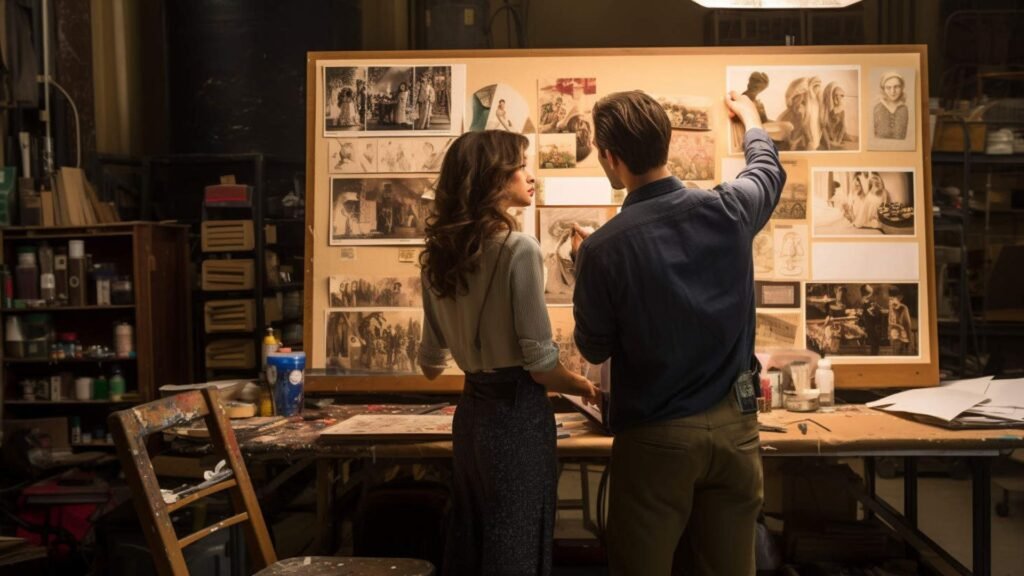
Understand the Director’s Vision
Start by having in-depth discussions with the director to understand their vision for the project. Discuss the overall tone, style, and thematic elements they envision. Pay attention to their references, inspirations, and specific requirements for the design. This understanding forms the foundation for aligning your design concepts with the director’s goals.
Communicate Early and Often
Establish clear communication channels with the director from the outset. Regular updates, discussions, and feedback sessions are crucial for ensuring that the design aligns with the director’s expectations. Share visual references, sketches, and mood boards early in the process to gather feedback and make necessary adjustments.
Collaborate on Concept Development
Work collaboratively with the director during the concept development phase. Share your ideas and concepts while being open to their input. Incorporate their feedback into your designs, and be prepared to make revisions based on their suggestions. This collaborative approach helps create a design that reflects both the director’s vision and your creative expertise.
Align Design with Narrative and Characters
Ensure that the production design supports the narrative and characters of the project. Discuss with the director how the design elements can enhance storytelling and character development. For example, consider how set design, color schemes, and props can reflect the characters’ personalities and the story’s emotional tone.
Be Flexible and Adaptable
Production design often involves changes and adjustments based on evolving needs and feedback. Be flexible and adaptable to the director’s requests and changes in the project. Maintain a positive attitude and be willing to revise your designs as needed to achieve the best result.
Create Detailed Design Documentation
Prepare detailed design documentation, including sketches, floor plans, and visual references. Share these documents with the director to ensure clarity and alignment. Detailed documentation helps avoid misunderstandings and provides a clear guide for implementing the design.
Participate in Pre-Production Meetings
Attend pre-production meetings to discuss the design process, address any concerns, and coordinate with other departments. These meetings provide an opportunity to align your design work with other aspects of the production, such as lighting, costumes, and cinematography.
Incorporate Feedback Constructively
Actively seek and incorporate feedback from the director throughout the design process. Approach feedback constructively and use it to refine and enhance your design. Open communication and a willingness to make adjustments contribute to achieving a successful outcome.
Support During Filming
Be present during filming to ensure that the production design is implemented as intended. Address any issues or adjustments that arise during the shoot and collaborate with the director to resolve them. Your presence helps maintain the integrity of the design and supports the director’s vision.
Evaluate and Reflect
After the project is completed, take time to evaluate and reflect on the design process. Discuss with the director what worked well and what could be improved. This reflection helps refine your approach and build stronger collaborative relationships for future projects.
Conclusion
Effective collaboration between production designers and directors is key to achieving exceptional production design. By understanding the director’s vision, communicating openly, and being flexible, you can create designs that enhance storytelling and contribute to the project’s overall success. Successful collaboration ensures that the design aligns with the director’s goals and enhances the visual impact of the production.

